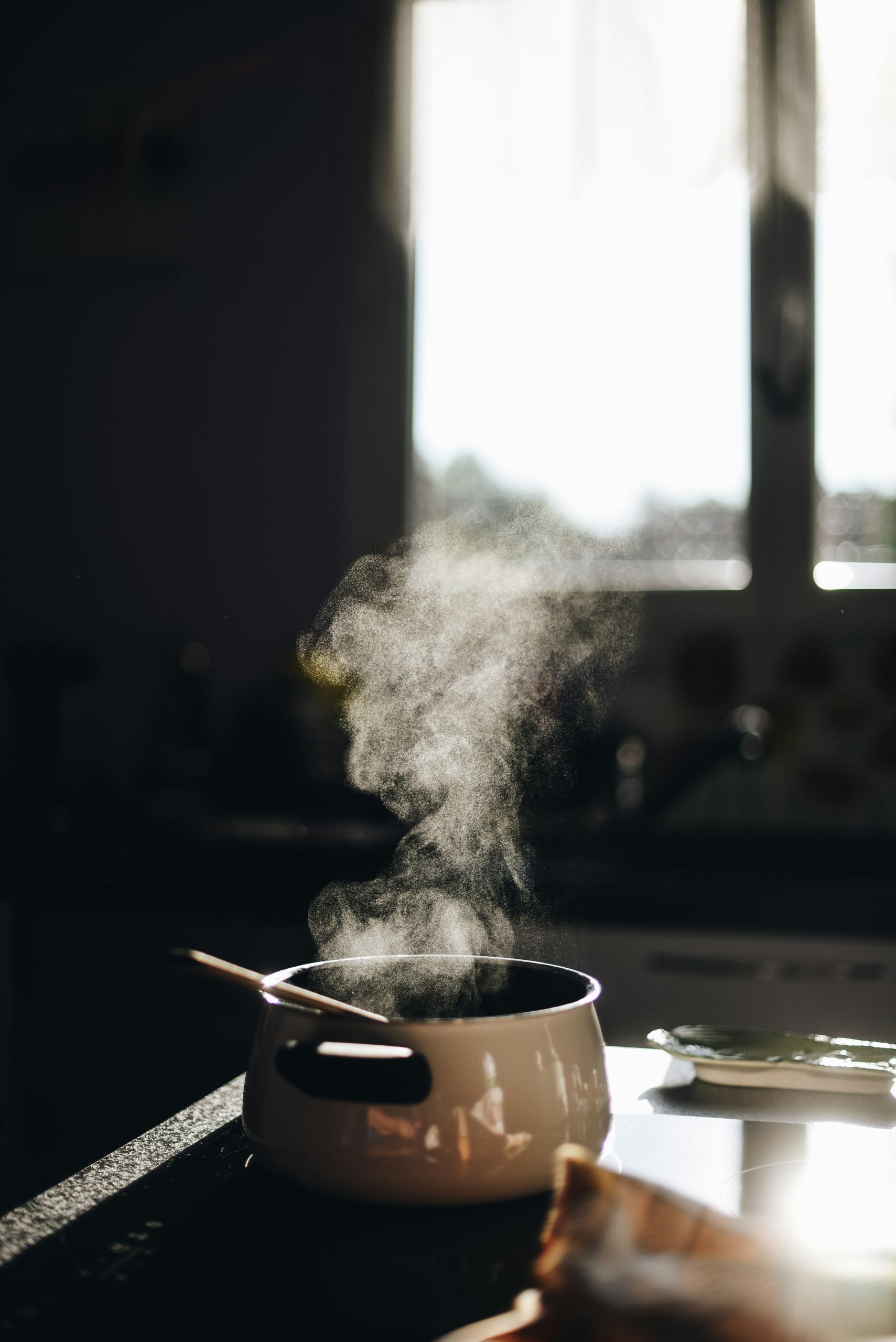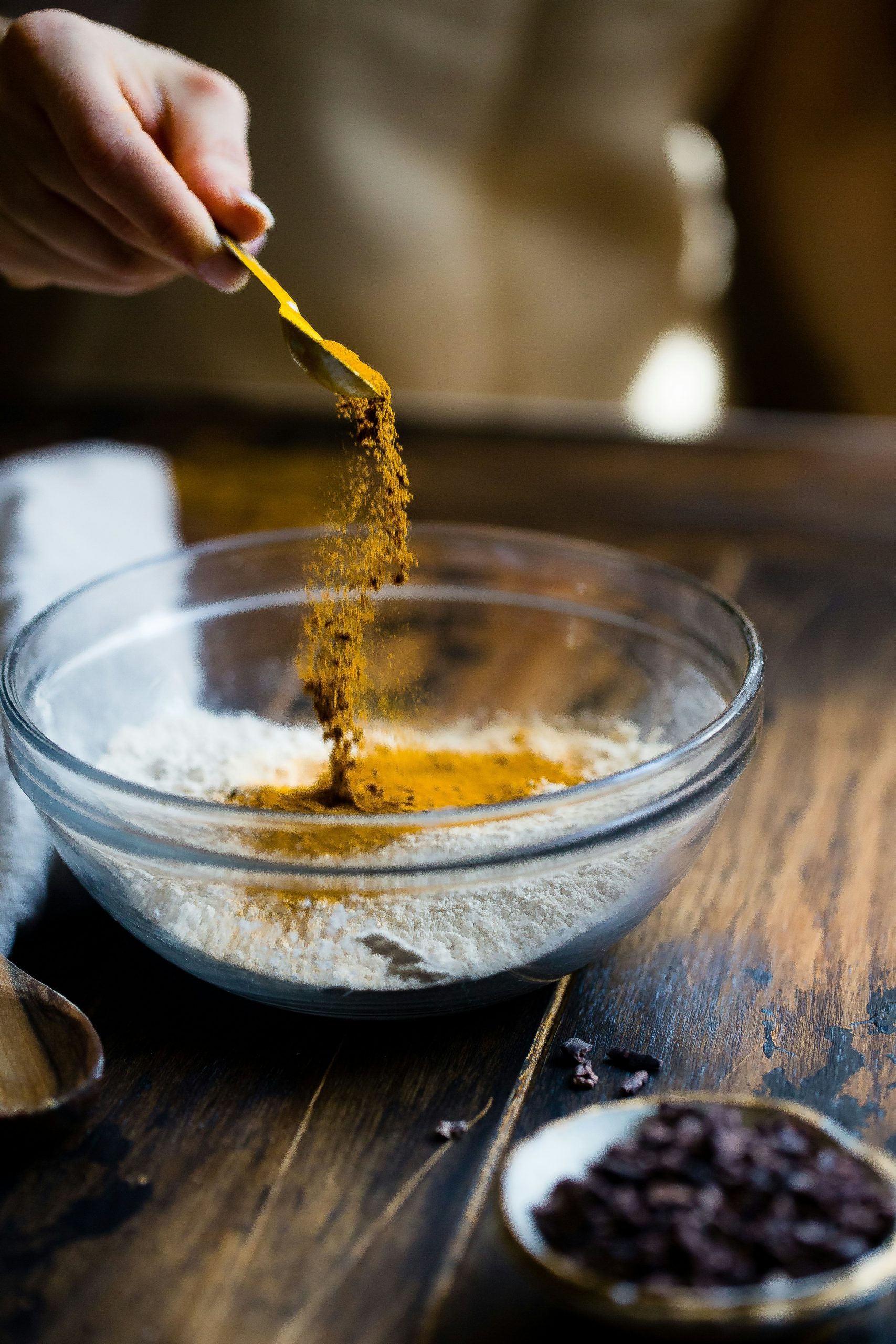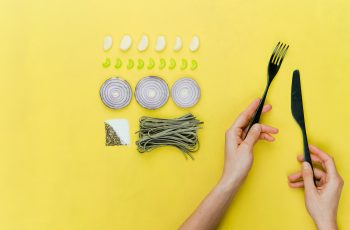Ad Blocker Detected
Our website is made possible by displaying online advertisements to our visitors. Please consider supporting us by disabling your ad blocker.
Slow cooking is a popular and convenient cooking method that allows you to create delicious and tender meals with minimal effort. Whether you’re a busy professional or simply looking to elevate your culinary skills, understanding the techniques and tips for slow cooking is essential. From the perfect cuts of meat to the right combination of spices, this article will guide you through the ins and outs of slow cooking, helping you achieve mouthwatering dishes that will leave everyone wanting more.

Choosing the Right Cut of Meat
When it comes to slow cooking, one of the first things you need to consider is the type of meat you will be using. For the best results, it’s recommended to choose tough, flavorful cuts of meat. These cuts, such as beef chuck roast or pork shoulder, have more collagen, which breaks down during the long cooking process and results in tender and succulent meat. So, opt for cuts that are well-suited for slow cooking to ensure a delicious end result.
Another important step in choosing the right cut of meat is to trim excess fat. While some fat can add flavor, too much can result in a greasy and unappetizing dish. Trim off any excessive fat before adding the meat to the slow cooker to prevent it from becoming too oily. This will help balance the flavors and create a more enjoyable eating experience.
Lastly, it’s best to avoid lean cuts of meat when using a slow cooker. Lean cuts lack the necessary fat and marbling to stay moist and tender during the slow cooking process. These cuts can easily become dry and tough, which is not what you want for your slow-cooked meals. Stick to cuts with some fat content to ensure a moist and flavorful end result.
Preparing the Ingredients
Once you have chosen the perfect cut of meat, it’s time to prepare the other ingredients that will go into your slow cooker. When it comes to vegetables, it’s important to chop them evenly. This allows for even cooking and ensures that all the flavors meld together perfectly. Unevenly chopped vegetables may result in some pieces being overcooked while others are undercooked.
To enhance the flavor of your slow-cooked meals, consider marinating the meat before adding it to the slow cooker. This step infuses the meat with additional flavors and helps tenderize it even more. You can create a simple marinade using ingredients such as soy sauce, garlic, and herbs. Let the meat sit in the marinade for at least an hour, or overnight for more intense flavors.
Before you start cooking, make sure to preheat the slow cooker. This ensures that the cooking process begins right away and helps prevent any potential food safety issues. Most slow cookers have a low and high setting, so choose the appropriate setting for your recipe. Preheating your slow cooker is an essential step for achieving perfectly cooked and safe meals.
Using the Right Cooking Time
When it comes to slow cooking, timing is everything. It’s crucial to follow the recipe’s guidelines for cooking time to ensure that your dish turns out as intended. Each recipe is designed with specific cooking times to allow for the flavors to develop and the meat to become tender. Deviating from these times can result in undercooked or overcooked dishes.
For larger cuts of meat, it’s important to adjust the cooking time accordingly. Larger cuts will take longer to cook compared to smaller ones. It’s best to refer to cooking charts or recipe guidelines to determine the appropriate cooking time for your specific cut of meat. This will help you avoid any unpleasant surprises when it’s time to serve your slow-cooked masterpiece.
To ensure that your meat is cooked to perfection, it’s always a good idea to use a meat thermometer. This tool allows you to monitor the internal temperature of the meat and ensure that it has reached the desired level of doneness. Different types of meat have different recommended internal temperatures, so make sure to have a thermometer handy to achieve the perfect result.
Layering the Ingredients
Proper layering of ingredients is another important aspect of slow cooking. When it comes to layering, it’s generally advised to place the vegetables at the bottom of the slow cooker. This way, they are closer to the heat source and will cook more evenly. Vegetables, especially root vegetables like carrots and potatoes, require more time to cook, so placing them at the bottom ensures they have ample time to soften and develop their flavors.
Once the vegetables are in place, it’s time to arrange the meat on top. Placing the meat on top allows it to benefit from the juices released by the vegetables during cooking, resulting in a more flavorful end result. It’s also a good idea to season the meat with salt and pepper before placing it on top of the vegetables. This ensures that the flavors are evenly distributed throughout the dish.
To enhance the overall flavor profile of your slow-cooked meal, consider adding herbs and spices at different layers. Adding herbs and spices throughout the cooking process allows their flavors to develop and meld with the other ingredients. You can add some herbs and spices when layering the vegetables and meat and then add a fresh burst of flavor towards the end of the cooking process.

Adding Liquids and Sauces
Adding the right amount of liquid is crucial for slow cooking. The liquid helps create a moist environment that encourages tenderizing and infuses the dish with flavors. It’s important to use enough liquid to cover the ingredients but not so much that the dish becomes soupy. The amount of liquid needed will vary depending on the recipe, so make sure to follow the guidelines provided.
To add an extra layer of flavor to your slow-cooked meals, consider using wine or broth as your liquid base. Both of these options add depth and complexity to the dish and elevate the overall taste. Wine can add a rich and sophisticated flavor, while broth provides a savory and comforting base. Experiment with different liquids to create unique flavors that suit your preferences.
When it comes to sauces, it’s generally recommended to add them towards the end of the cooking process. This prevents the sauces from becoming too diluted during the long cooking time and ensures that their flavors remain vibrant and intact. Add the sauces during the last hour or so of cooking and allow them to simmer with the other ingredients. This will result in a well-balanced and flavorful dish.
Avoiding Overcooking
In order to achieve the best results with your slow cooker, it’s important to avoid some common pitfalls. One of the main things to remember is to avoid lifting the lid too often. Every time you lift the lid, you release valuable heat and moisture, which can significantly impact the cooking time and result in unevenly cooked ingredients. Trust the slow cooking process and resist the temptation to check on the dish frequently.
Another important tip is to not overcrowd the slow cooker. Overcrowding can prevent proper heat circulation and result in uneven cooking. Make sure to leave some space between the ingredients to allow for adequate heat distribution. If you have a large recipe that won’t fit in a single slow cooker, consider using multiple slow cookers or cooking in batches to avoid overcrowding.
Delicate ingredients, such as seafood or certain vegetables, require less cooking time in a slow cooker compared to tougher meats. Be mindful of the cooking times for different ingredients and adjust accordingly. Adding delicate ingredients too early or cooking them for too long can result in overcooked and mushy textures. It’s always better to err on the side of caution and undercook delicate ingredients slightly to preserve their desired texture.

Enhancing Flavor with Herbs and Spices
Herbs and spices are an excellent way to elevate the flavors of your slow-cooked meals. Don’t be afraid to experiment with different combinations to find your favorite flavor profiles. Some classic herb options for slow cooking include rosemary, thyme, oregano, and bay leaves. These herbs infuse the entire dish with their aromatic flavors and give your meals a delicious and comforting taste.
When using dried herbs, it’s important to consider their potency and adjust accordingly. Dried herbs have a more concentrated flavor and can withstand the long cooking times in a slow cooker. Use dried herbs at the beginning of the cooking process to allow their flavors to develop and meld with the other ingredients. On the other hand, fresh herbs are more delicate and should be added towards the end of cooking to avoid losing their vibrant flavors.
Troubleshooting Common Issues
Sometimes, despite your best efforts, you may encounter some common issues when slow cooking. If the dish turns out too watery, don’t panic. Simply remove the lid and switch the slow cooker to the high setting. The increased heat will help evaporate excess liquid, resulting in a thicker consistency. Keep an eye on the dish and stir occasionally to prevent scorching.
On the other hand, if the dish turns out too thick, you can easily fix it by adding some liquid. Gradually pour in small amounts of liquid, such as broth or water, and stir until you achieve the desired consistency. The added liquid will help loosen up the dish and ensure that it’s not overly dense or dry.
If you find that your slow-cooked dish lacks flavor, don’t worry. It’s easy to adjust the seasoning and bring it to life. Taste the dish and identify which flavors are missing or need a boost. You can add more herbs, spices, salt, or other seasonings to enhance the flavors. Remember to add seasonings gradually and taste along the way to ensure that you achieve the perfect balance of flavors.
Using Slow Cooker Accessories
Slow cooker accessories can be a game-changer when it comes to convenience and enhancing your slow cooking experience. One popular accessory is a liner, which is a plastic bag that fits inside the slow cooker. Using a liner makes cleanup a breeze since you can simply lift it out and discard it once you’re done cooking. This saves you from having to scrub the slow cooker and makes the whole process much more convenient.
Another helpful accessory is a timer. While most slow cookers come with basic timer functions, using a separate timer allows for even more precision in your cooking. This is especially useful if you’re not able to be near the slow cooker to turn it off at the end of the cooking time. Simply set the timer to the desired cooking time and let it take care of the rest. This ensures that your dishes are perfectly cooked every time.
For those who want to achieve optimal airflow and even cooking, using a meat rack is a great option. Placing a metal rack at the bottom of the slow cooker elevates the meat from the bottom, allowing heat to circulate more effectively around the entire dish. This helps prevent the meat from becoming too soggy and ensures that it cooks evenly. A meat rack is a simple but effective accessory that can greatly enhance your slow cooking results.
Storing and Reheating Slow Cooked Meals
After enjoying a delicious slow-cooked meal, it’s important to store any leftovers properly to maintain their freshness and flavor. Allow the meal to cool down to room temperature before transferring it to the refrigerator. Placing hot food directly in the fridge can raise its overall temperature and potentially cause food safety issues. Once cooled, store the leftovers in airtight containers to prevent any potential contamination or spoilage.
When it’s time to reheat your slow-cooked meal, it’s best to do so on low heat. Slowly reheating the food on low heat helps prevent it from drying out and ensures that it stays moist and tender. If you’re using a stove or oven to reheat, set it to a low temperature and stir occasionally to evenly distribute the heat. If using a microwave, adjust the power to a lower setting and check on the food frequently to prevent overheating.
In conclusion, slow cooking is a fantastic way to achieve delicious, tender, and flavorful meals with minimal effort. By choosing the right cut of meat, properly preparing the ingredients, using the correct cooking time, layering the ingredients effectively, adding liquids and sauces strategically, avoiding overcooking, enhancing flavor with herbs and spices, troubleshooting common issues, utilizing slow cooker accessories, and storing and reheating leftovers properly, you can become a master of the slow cooker and create amazing dishes that will impress your family and friends. So, don’t be afraid to experiment, have fun, and enjoy the wonderful world of slow cooking!

